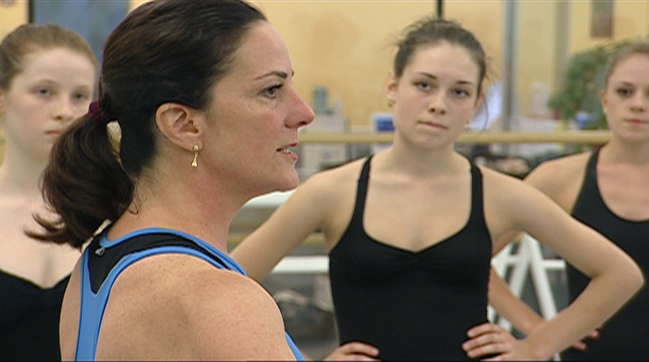
The place to be in Portland Tuesday night was the Arlene Schnitzer Concert Hall, where the legendary Martha Graham Dance Company was performing in town for the first time since 2004. As if that weren’t draw enough, the program provided the world premiere of Portland choreographer Josie Moseley‘s “Inherit,” a solo for Graham dancer Samuel Pott. Moseley’s piece was underwritten by White Bird, which presented the Graham company as part of its Portland dance season. Catherine Thomas’s review for The Oregonian is here. Art Scatter’s chief correspondent and resident dance critic, Martha Ullman West, was also on the spot and files this report.
*
By Martha Ullman West
Ask a male modern dancer about Martha Graham technique and you’ll likely get a shake of the head, a roll of the eyes, and a lecture on how her pelvis-centered movement is difficult to impossible for a man’s body to do.
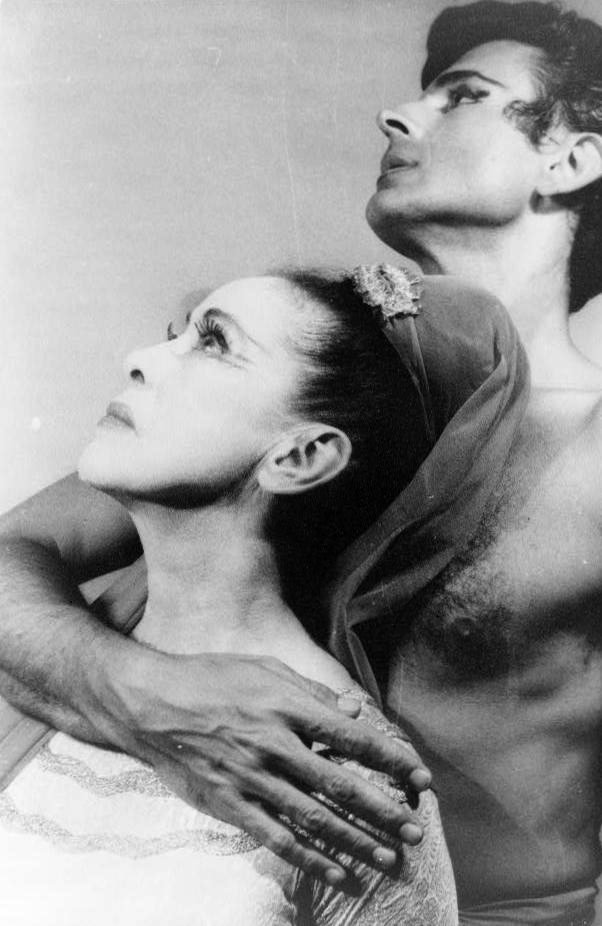 This is definitely true of Lamentation, the gut-wrenching, writhing, keening solo Graham made on her own body in 1930, in which she absorbed and expressed all the griefs of a world as troubled as our own, at the same time providing the kind of catharsis the ancient Greeks found in the tragedies of Sophocles, Euripides and Aeschylus.  It’s no accident she later made dances based on Oedipus Rex (Night Journey) Medea (Cave of the Heart) and Agamemnon (the monumental evening-length Clytemnestra) all of them from the woman’s point of view.
This is definitely true of Lamentation, the gut-wrenching, writhing, keening solo Graham made on her own body in 1930, in which she absorbed and expressed all the griefs of a world as troubled as our own, at the same time providing the kind of catharsis the ancient Greeks found in the tragedies of Sophocles, Euripides and Aeschylus. Â It’s no accident she later made dances based on Oedipus Rex (Night Journey) Medea (Cave of the Heart) and Agamemnon (the monumental evening-length Clytemnestra) all of them from the woman’s point of view.
Lamentation is the centerpiece of the Martha Graham Company’s current road show: We saw it twice at the Schnitz on Tuesday night, first performed with smooth elegance by Carrie Ellmore-Tallitsch, her costume — originally a tube of knitted fabric as much a part of the solo as the dancer’s body — perked up with a red leotard underneath it.
Then, post intermission, to introduce the Lamentation Variations we saw Martha herself, on film, gnarled feet rooted to the floor, her seated body arching in a seamless cry. Let it be said that this 80-year-old solo of Graham’s is so emblematic of that period of modern dance that the editors of the International Dictionary of Modern Dance chose it for the book’s cover.
Continue reading In an evening of schoolhouse Martha Graham, Moseley’s lovely lament →
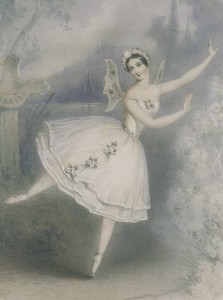 But no one seems quite as oddball, or as eerily sympathetic and nasty at the same time, as the Wilis, those sad young spectres of girls who were jilted by their lovers before their wedding day and now spend their nights madly dancing young men to death before fading off into the sunrise.
But no one seems quite as oddball, or as eerily sympathetic and nasty at the same time, as the Wilis, those sad young spectres of girls who were jilted by their lovers before their wedding day and now spend their nights madly dancing young men to death before fading off into the sunrise.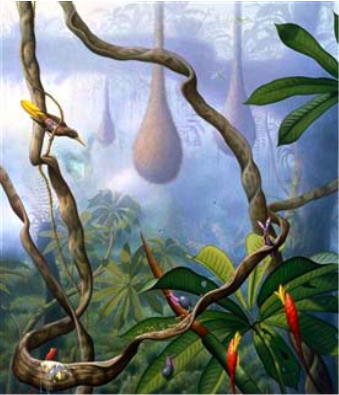
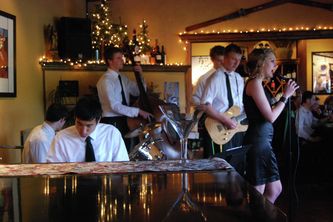
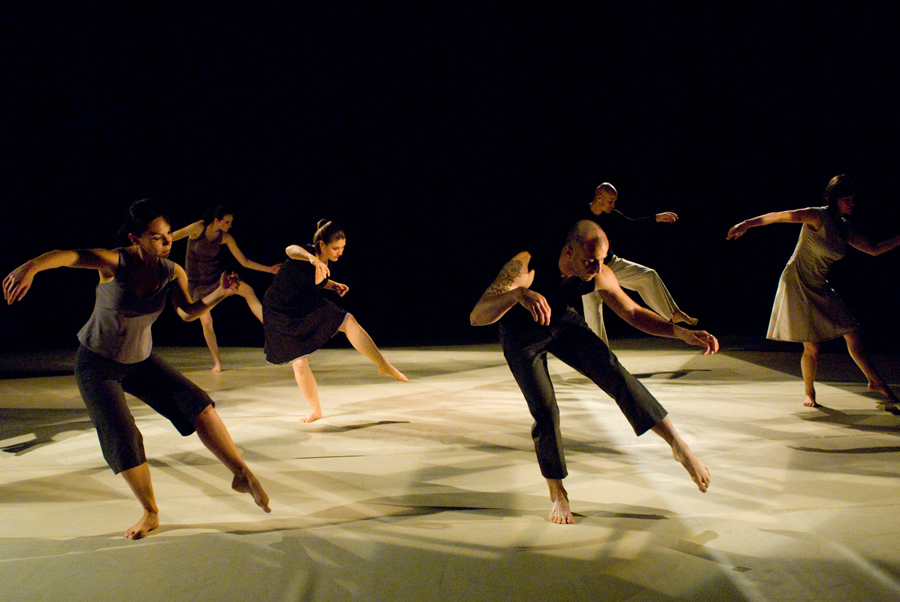
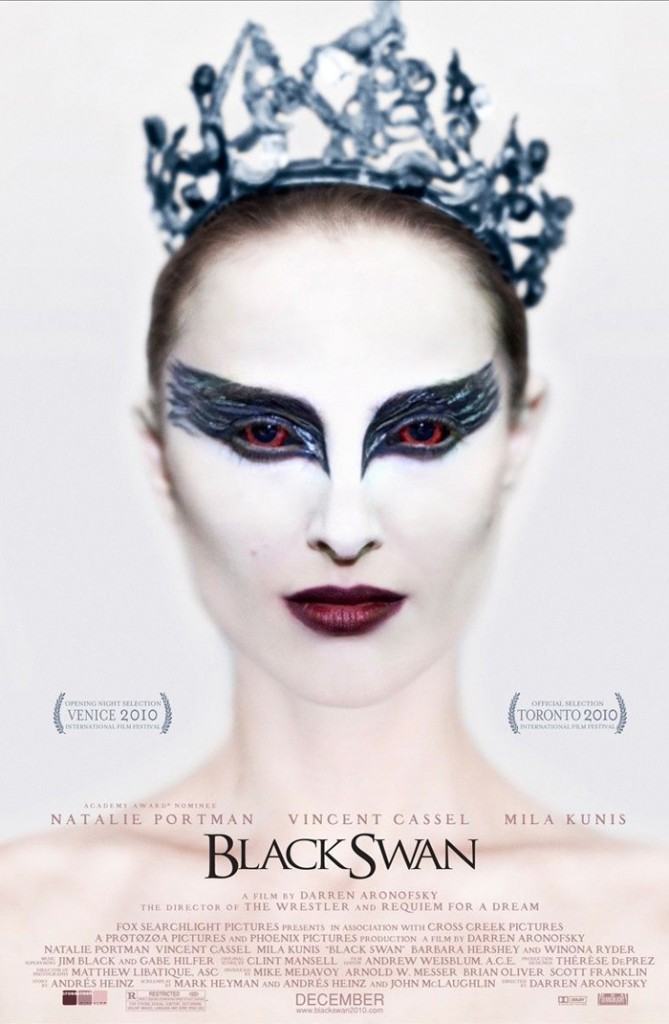 Black Swan is not a film about ballet.
Black Swan is not a film about ballet.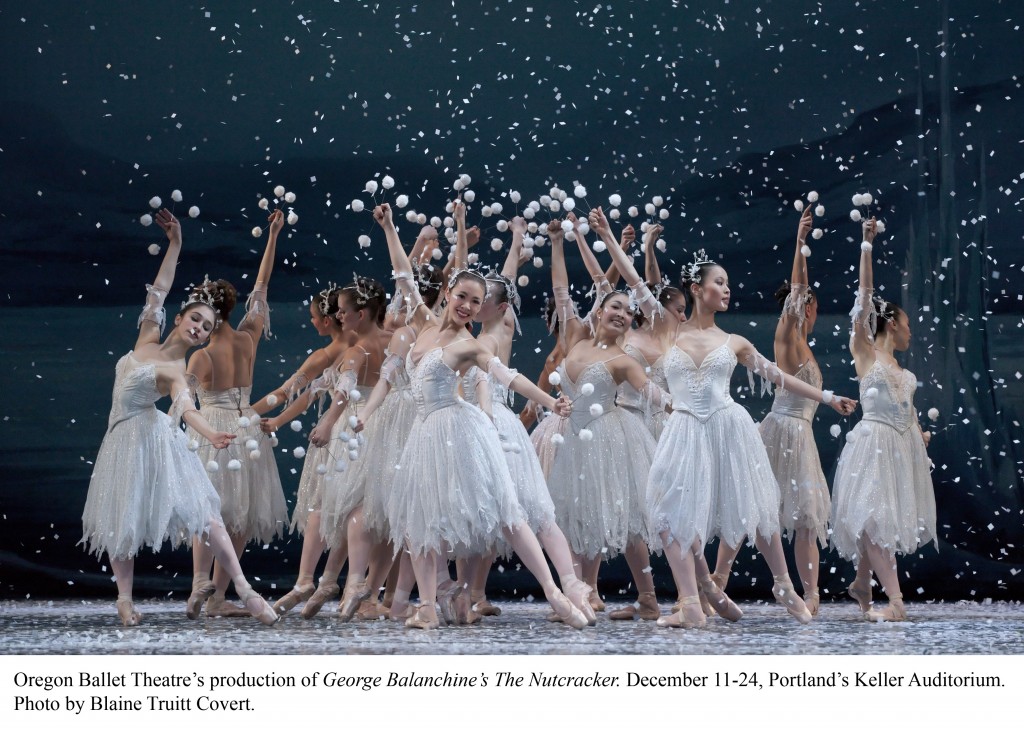
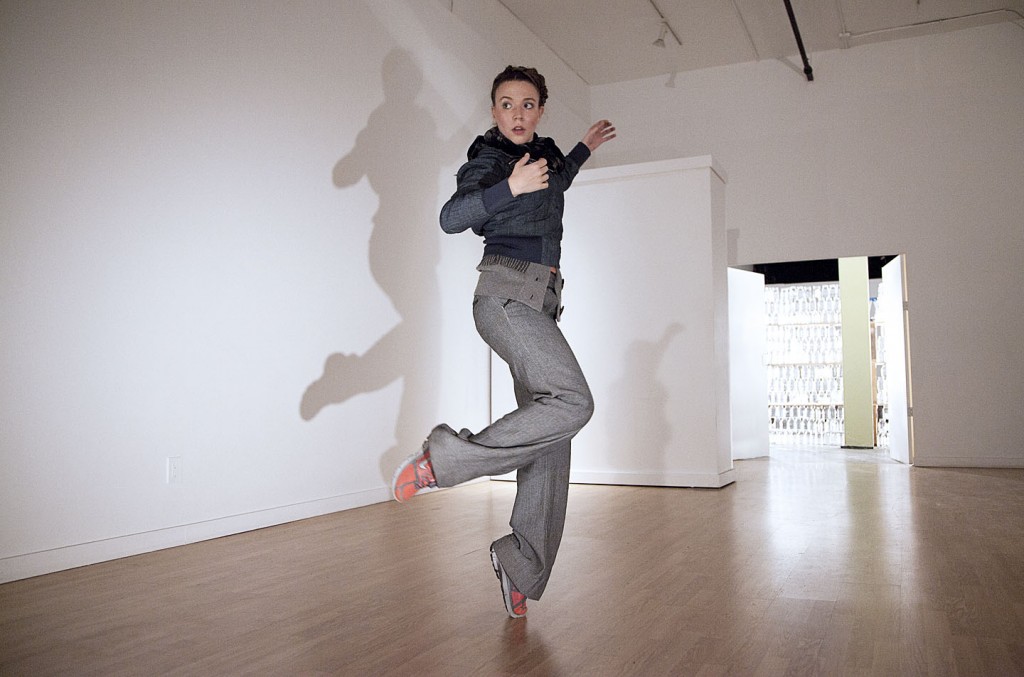
 Whatever and wherever Tess is performing, whether it is in her friend Paige Prendergast’s
Whatever and wherever Tess is performing, whether it is in her friend Paige Prendergast’s 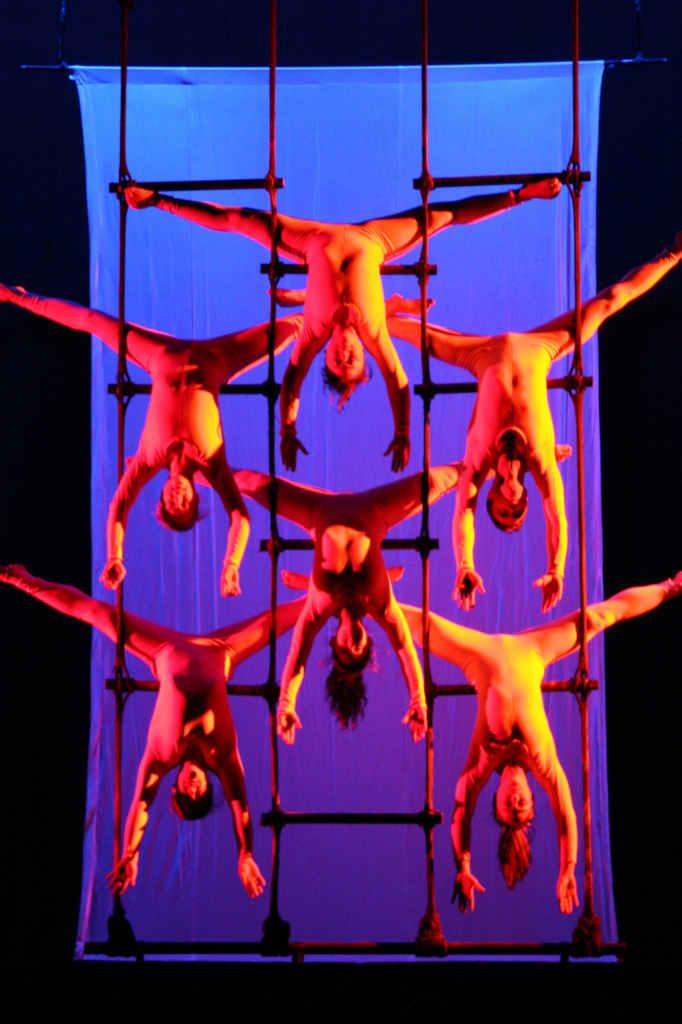 “If I can’t sell it gonna keep sittin’ on it, never gonna give it away,” the hard-bitten narrator of the bawdy blues tune Keep on Truckin’ declares. Her hardcore-capitalist sentiment is definitely not the motto at Art Scatter, where we tend to write what we write just because it sends little shivers up and down our spines. Still, we have an abiding fondness for those stalwarts of the heritage media who help us keep the spring in our mattress by paying cash on the barrel head for written contributions. O admirable concept! Here are a few recent pieces wherein we’ve made the noble trade of play for pay. We thank the editors of The Oregonian for assigning these exercises in fundamental free trade, and the publisher for his largesse:
“If I can’t sell it gonna keep sittin’ on it, never gonna give it away,” the hard-bitten narrator of the bawdy blues tune Keep on Truckin’ declares. Her hardcore-capitalist sentiment is definitely not the motto at Art Scatter, where we tend to write what we write just because it sends little shivers up and down our spines. Still, we have an abiding fondness for those stalwarts of the heritage media who help us keep the spring in our mattress by paying cash on the barrel head for written contributions. O admirable concept! Here are a few recent pieces wherein we’ve made the noble trade of play for pay. We thank the editors of The Oregonian for assigning these exercises in fundamental free trade, and the publisher for his largesse:
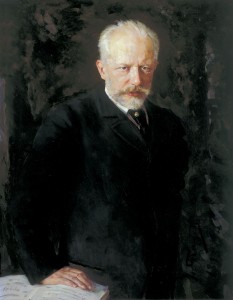 You still occasionally hear people refer to it as Morris’s winking bad-boy spoof of the ubiquitous holiday story ballet, but people who think that about it (a) aren’t paying a lot of attention to the dance itself, and (b) apparently haven’t read the
You still occasionally hear people refer to it as Morris’s winking bad-boy spoof of the ubiquitous holiday story ballet, but people who think that about it (a) aren’t paying a lot of attention to the dance itself, and (b) apparently haven’t read the 
 This is definitely true of
This is definitely true of